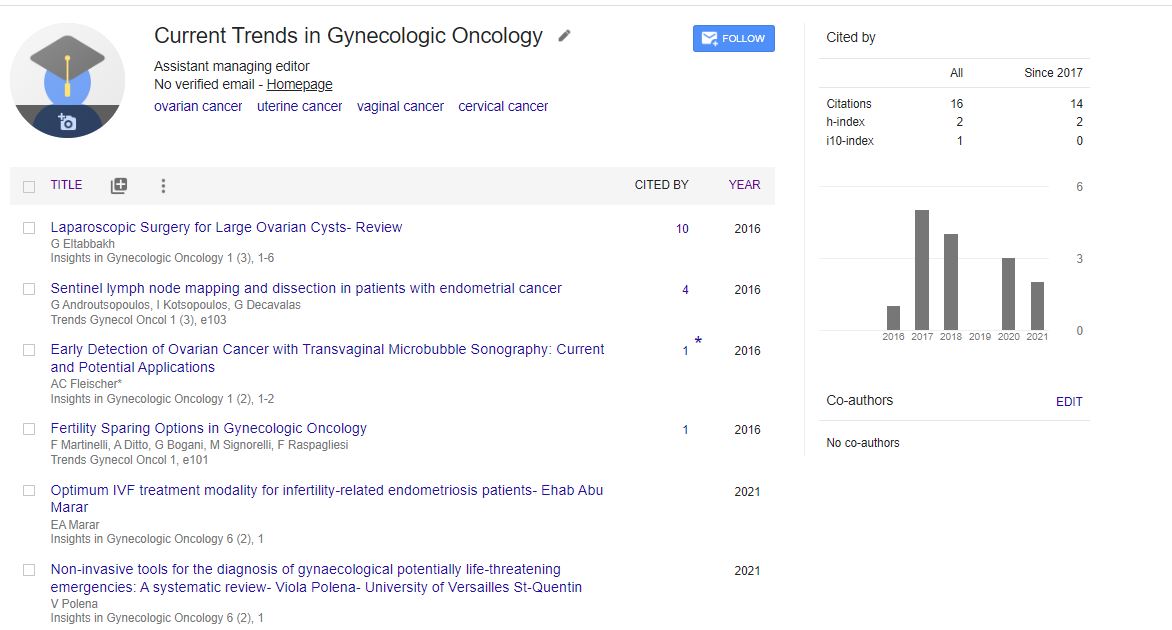Cytogenetic and immunotoxic effects caused by occupational formaldehyde exposure among pathologists and their assistances
*Corresponding Author:
Copyright: © 2020 . This is an open-access article distributed under the terms of the Creative Commons Attribution License, which permits unrestricted use, distribution, and reproduction in any medium, provided the original author and source are credited.
Abstract
Formaldehyde (FA) is a widely used chemical, what is classified by IARC, as a human carcinogen based on several sufficient scientific evidences. Several studies concluded FA is mutagenic and genotoxic in different experimental settings and also cause cancer to human during long term occupational exposure. In our study we have examined 73 individuals (59 women and 14 men) worked for the pathology department in different hospitals as a pathologist or histological assistants. FA ambient air concentration level was measured in only in one unit of four, what was ranged from 0.4 mg/m3 to 1.1 mg/m3, with a mean formaldehyde level of 0.9 mg/m3. The average exposure time varied between 12-20 yrs. Blood samples were collected by venipuncture. The donors took part in a routine clinical laboratory check-up and were interviewed by a physician to take up an anamnesis data sheet on age, medication, smoking, drinking habits, medical and working histories. The end-points of the genotoxicology monitor included the determination of the frequencies of chromosome aberrations (CA) and sister-chromatid exchanges (SCE), and the measurement of UV-induced unscheduled DNA repair synthesis (UDS). The percentages of premature centromere separation (PCD) and high-frequency SCEs (HF/SCE) were also scored. Apoptosis, immune-phenotype and cell proliferation parameters were determined by flow cytometry. The average age of exposed donors was 43 yrs, compared to 146 (34 years old) historical controls and 86 industrial controls (34 yrs old). In the exposed groups the results showed elevation in chromosomal aberrations, DNA repair and SCE value, although the apoptotic rate of peripheral blood lymphocytes was decreased especially among men, after in vitro PHA stimulation of PBL cells. Immuno toxic effect of FA was also demonstrated and immune suppression varied on cytotoxic T cells and NK cells in different rate of exposed groups. In our study demonstrated the early genotoxic and immuno toxic effect on different occupationally FA exposed groups, giving an evidence for intervention and improve the working conditions. Based on our study we are going on to force the Hungarian hospital managements to replace the FA with other less harmful fixative in pathology units.

 Spanish
Spanish  Chinese
Chinese  Russian
Russian  German
German  French
French  Japanese
Japanese  Portuguese
Portuguese  Hindi
Hindi 